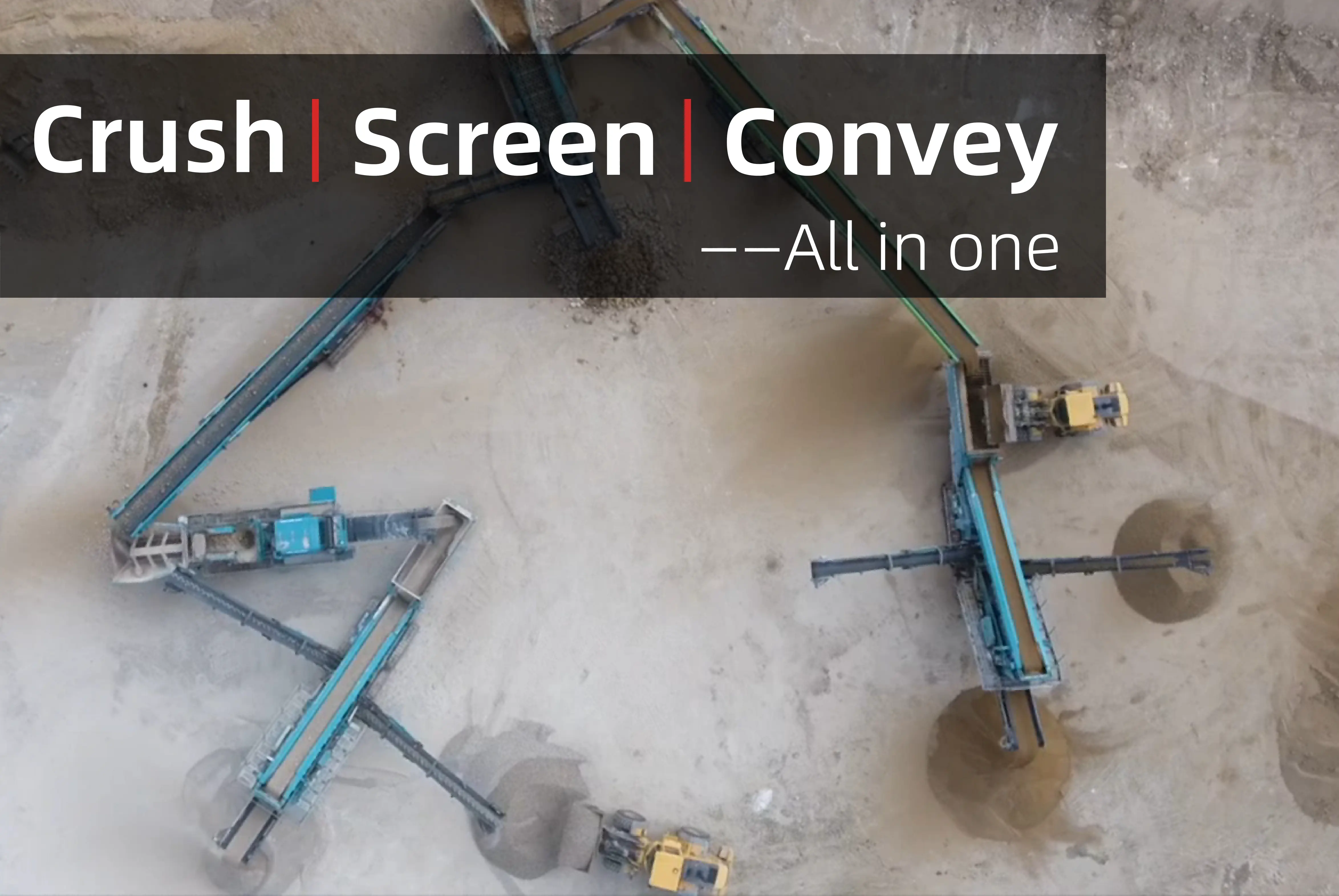
In the construction, mining, and quarrying industries, efficient processing of bulk materials is essential. At the heart of these operations lies aggregate equipment, a collective term for machinery used to crush, screen, convey, and store raw materials like stone, gravel, sand, and recycled concrete. Choosing the right combination of machines is key to achieving maximum productivity, product quality, and cost-effectiveness.
Aggregate processing equipment includes a variety of machines that work together to transform raw material into usable construction aggregates. These machines are typically divided into four main categories: crushing, screening, conveying, and support systems. Understanding how each component fits into the production line is essential for optimizing output and minimizing downtime.
Crushing is the initial and most critical stage in any aggregate operation. Aggregate crushers are designed to break down large rocks or concrete into smaller, manageable sizes. Common types include:
Once materials are crushed, they must be screened to meet specific size requirements. This is where aggregate screening equipment comes into play. These machines use vibrating decks or mesh screens to separate crushed material into fractions. Common types of screens include:
Inclined vibrating screens
Horizontal screens
Mobile screening units
High-quality aggregate screening equipment ensures consistent grading and reduces wear on downstream equipment.
When choosing an aggregate screener, the choice between stationary and mobile options matters. Mobile aggregate screeners offer flexibility for contractors who move between job sites, while stationary screeners are better suited for high-volume, fixed-location operations.
Key factors to consider:
Feed capacity
Number of screening decks
Type of screen media (wire mesh, rubber, polyurethane)
Portability and ease of maintenance
The right aggregate screener ensures clean product separation and smoother operations.
Efficient material movement between crushing, screening, and stockpiling stages is handled by aggregate conveyors. These systems are vital for productivity, especially in large-scale operations. Key conveyor types include:
Factors like belt width, length, and speed should align with plant output requirements. Using well-maintained aggregate conveyors ensures continuous flow and reduces manual handling.
Support Equipment in Aggregate Plants
In addition to primary machines, several supporting systems enhance the performance of aggregate equipment operations:
Selecting the right aggregate equipment depends on your project’s scale, material type, mobility requirements, and production targets. Here’s a simple guide:
Whether you're producing road base, concrete aggregates, or high-spec construction material, the combination of crushers, screeners, conveyors, and auxiliary systems defines your operation’s success. Investing in the right aggregate equipment — from aggregate screener systems to rugged aggregate conveyors — is the key to building a reliable, scalable, and profitable production line.
What Is Aggregate Equipment? A Beginner’s Guide
Types of Aggregate Equipment and Their Uses